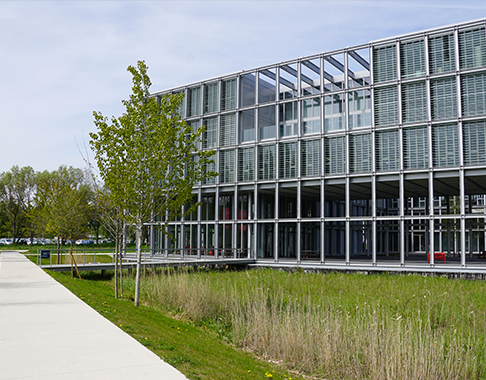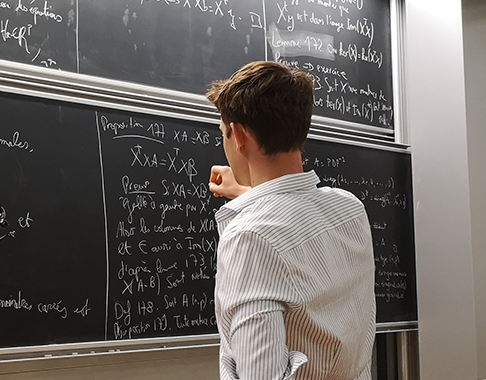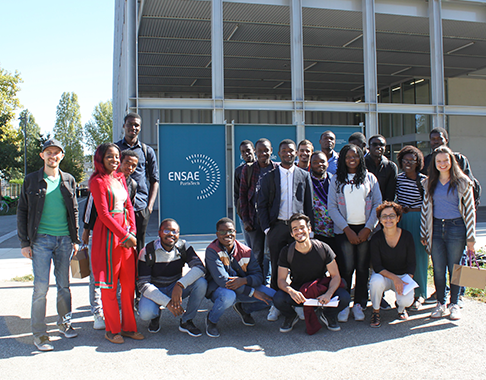Demography
Enseignant
Crédits ECTS :
3
Heures de cours :
18
Heures de TD :
0
Langue :
Anglais
Modalité d'examen :
CC
Objectif
Classic demography is formal in its essence and describes with mathematical means the empirical structure of populations and their dynamics shaped by aging, fertility, mortality and migration. Social demography goes beyond the statistical description of a population and creates an interdisciplinary link to other, theoretically informed behavioral sciences with the goal to explain central demographic and socioeconomic phenomena with social behavior and beyond.
In this course, we will learn about several important explanations for demographic behavior and trends which are located on the population level, the intermediate level, the individual level (macro-meso-micro). The topics that will be covered in this course include: demographic theories, fertility, mortality, morbidity, migration, urbanization, causality and demographic, and recent advancements in Social Demography. We will learn about different methodological approaches to address these topics and discuss available data sources.
After attending this course, students should be equipped with important analytical tools to understand the connection between the social world and central population and developmental indicators and have an overview over the current research frontiers.
Plan
Week 1: Introduction
Week 2: Fertility
Week 3: Mortality and Morbidity
Week 4: Migration and Urbanization
Week 5: Causality and Demography
Week 6: Conclusion
Références










